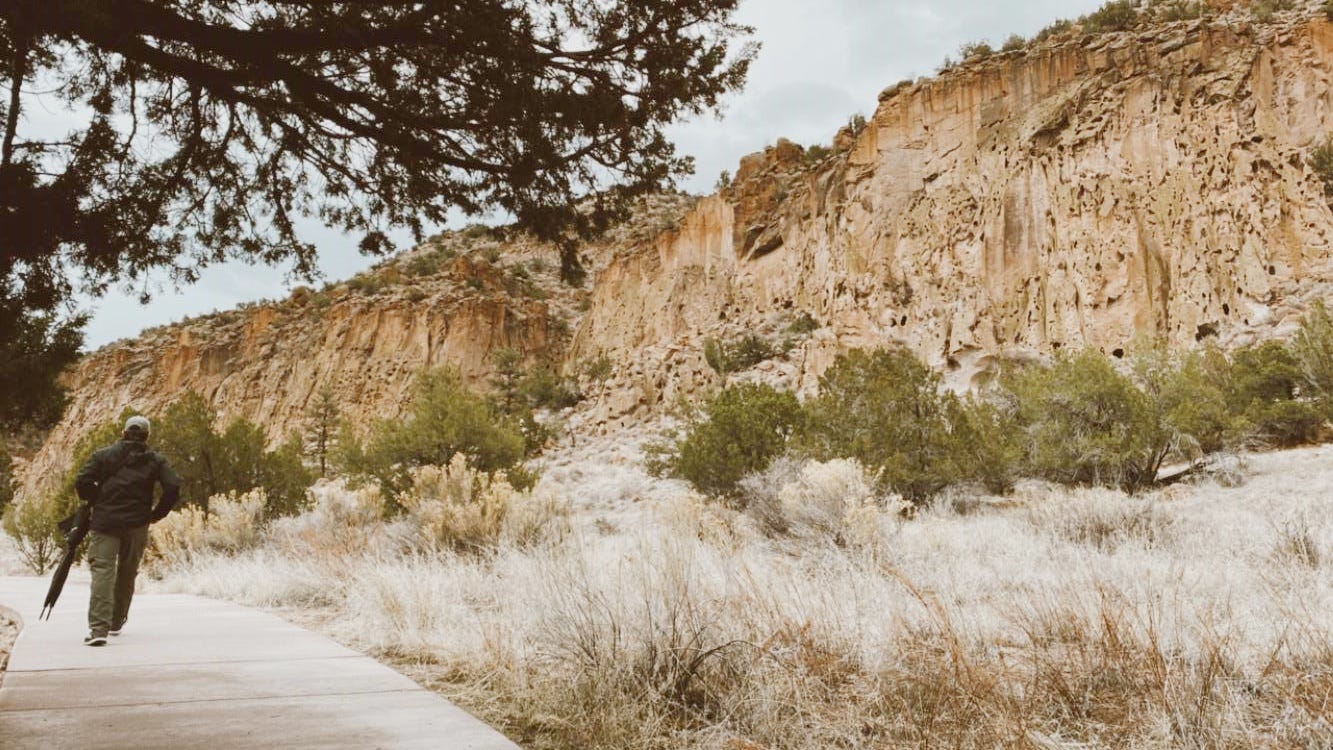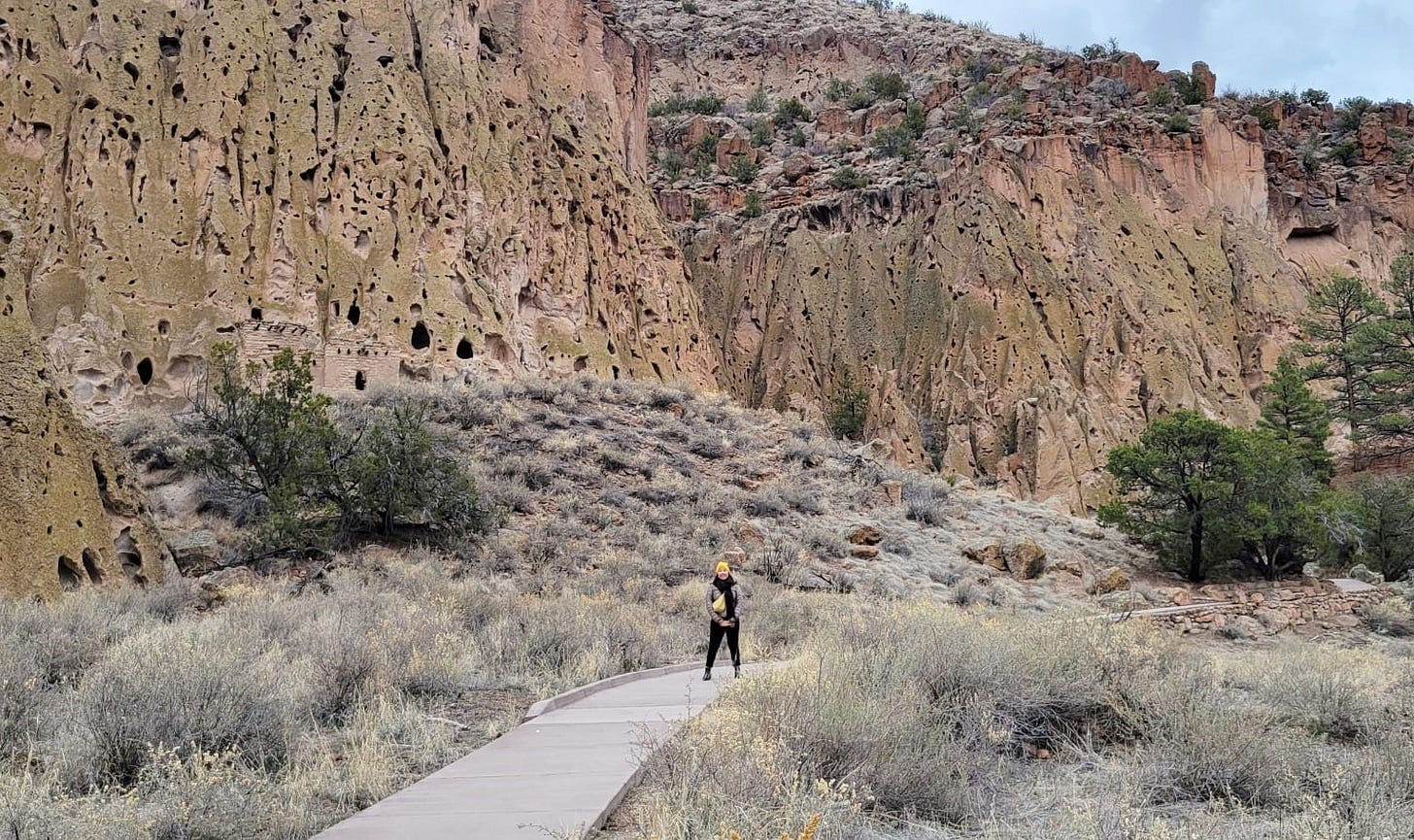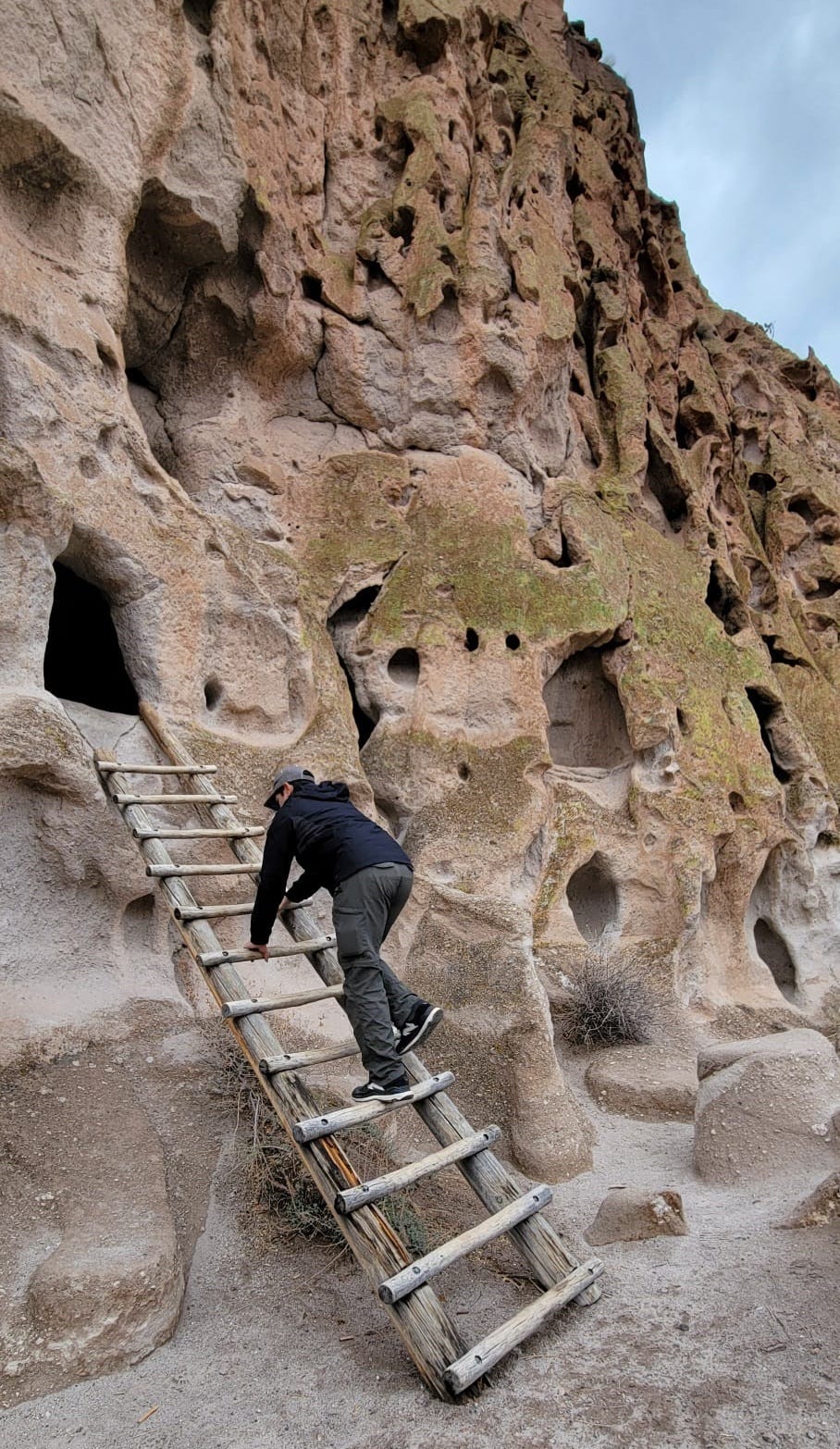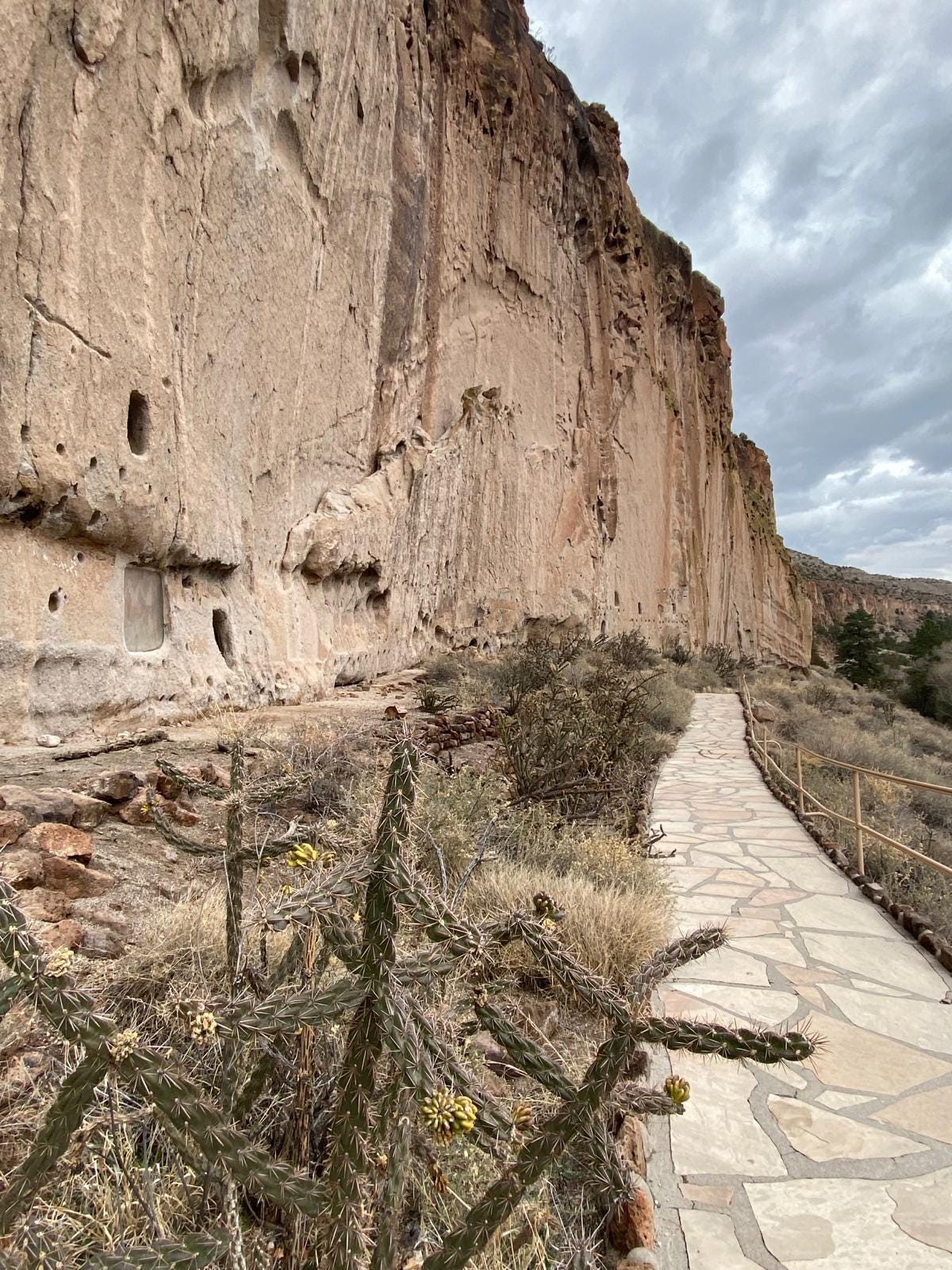CULTURE/American Fiction
The moment I saw a trailer for American Fiction, I was sold. Not only did it have a star-studded cast—with Jeffrey Wright, Tracee Ellis Ross, and Sterling K. Brown—but the movie’s premise was compelling, original, and, better yet, relatable. So, when it came out on Amazon streaming a few weeks ago, I bought it and watched it from the comfort of my couch. (Disclaimer: This is not an ad! I do not have that kind of pull.)
In American Fiction, Thelonious ‘Monk’ Ellison (played by Wright) is a Black author struggling to sell his work but suddenly finds himself in the surreality of writing an accidental bestseller—a book full of trauma and racialized tropes of what white readers *expect* from a “Black story” written in a drunken stupor over Monk’s frustration with the publishing industry. I don’t want to give too much away, but Monk’s story essentially follows two story arcs: his reckoning of what counts as a Black story and his family’s multipronged drama, which converge into a brilliant point that is poignant without being heavyhanded.
The movie is based on the 2001 novel Erasure by Percival Everett, who apparently had refused to sell the rights to the book until he was approached by Cord Jefferson, a journalist-turned-filmmaker who convinced the author to allow him to adapt it for film. In the way that creative projects draw in certain artists because it personally resonates with them, in an interview for Vibe Check (my favorite podcast), Jefferson shared some insights of his experience, both as an emerging Black director and working in lily-white Hollywood. In one instance, coincidentally a few months before he first read Everett’s book, Jefferson received a script note from a white TV executive requesting that he make a character “Blacker.” When Jefferson challenged the note, that feedback of course was scrapped without explanation.
🌊🌊🌊
The experience of being repeatedly flattened and tokenized certainly rings true for Black creatives, but it’s also a familiar experience for most creators of color. As a writer who encompasses a multitude of identities—as a Southeast Asian, a woman, and a bilingual immigrant—I understand the struggle of chasing validation in an industry that puts little value on other voices. I’ve felt the frustration of knowing my worth yet getting rejected for opportunities in favor of someone with less melanin and, most importantly, fewer professional skills than me. I’ve felt the stinging realization of being chosen to fill a publication’s gap during its AAPI Heritage Month calendar, but ignoring it anyway because, well, if it wasn’t me it would be someone else. I also know (and hate) the quiet competition I sometimes find myself in against other Asian writers, worried that a mainstream outlet feels it has “too many” Asians on its roster. These experiences are my own but they are hardly just mine. That last part, in particular, is a sticking point in American Fiction as Monk grapples with the success of another Black author, Sintara Golden (played by the amazing Issa Rae), whose popular novel titled We’s Lives in Da Ghetto is exactly the kind of “Black story” Monk disdains and parodies in his accidental bestseller.
The interesting thing about being a writer of color is that your identity becomes both your strength and your weakness, depending on which is most convenient at a given time for the powers that be. Very few writers of color escape this systemic pigeonholing and are allowed to expand their expertise beyond their identity, more frequently it’s an unavoidable typecasting set by the industry elite. In an industry that centers white perspectives—both from the seat of production and the POV of readers—how can creators of color carve out spaces to tell our stories meaningfully without having to position our narratives for white consumption, to sell to the white leaders in charge of making the deals? When whiteness is the default that means all stories are viewed through a white lens, including those belonging to people of color. When that happens, only certain stories are considered enough of a Black story or an immigrant story and so on, due to the limited interpretations of the white gaze. With that reality in mind, how can authors who are not white sustain a career when white audiences often expect (or prefer) our stories filled with trauma, trauma, and more trauma?
That’s why growing efforts in the publishing industry to promote specific authors from historically marginalized backgrounds are important—contrary to what some simpletons might believe, those diversification efforts are not to exclude white authors or to “cheat” (for the latter, you’d need a proper even-level playing field to begin with). Because BIPOC writers get so little space to just exist in the first place, there needs to be a conscious effort to carve out spaces for us where we get to shine and have our work elevated intentionally. The hope is that the more comfortable white readers are with reading non-white stories with non-white characters—hopefully, written by actual writers of color—the more accepting they will be of work from writers of color that are not your stereotypical BIPOC trauma stories or peppered with racial tropes.
The questions of which works are recognized as “authentic” when it comes to telling the experiences of marginalized communities and where exactly a BIPOC author’s “appropriate” place is in the industry is among the questions that Monk wrestles with internally (and often outwardly with his literary agent) throughout American Fiction. Ideally, it should become food for thought for the film’s viewers, too. There’s an interesting TIME review of the film written by R.F. Kuang, one of my favorite contemporary authors, who similarly held a magnifying glass on the publishing industry’s diversity issues with her 2023 novel Yellowface. In her article, Kuang made an interesting point that I was too daft to pick up myself after my first watch of American Fiction:
Outside the theater, I heard someone call the film a “bait and switch.” The trailers advertised a cringey industry comedy, not a quiet family drama. But the movie doesn’t so much fool you into watching a different story than the one you thought you were going to get so much as it emphasizes all the narrative possibilities available if we’re not so concerned with the baggage of representation. What do we talk about when we’re finished catering to—or making fun of—the white gaze?
The brilliance of Percival Everett’s storytelling lies in paralleling the Black stereotype conjured by and for the white gaze—through Monk’s and Sintara’s books—with Monk’s own layered lived experience; as a Black author who comes from a line of successful doctors and is dealing with a deluge of family problems that is relatable in a very universal way, no matter the color of your skin. There’s a common phrasing in the business of writing that goes “show, don’t tell” and I think Everett’s novel-turned-film is the masterclass version of that. I haven’t had the pleasure of reading the original book, but if the movie is anything to go by I’m sure it’s worth a read.
On a related note, I admittedly share the apprehension mentioned in Kuang’s article (also touched on by Jefferson during his Vibe Check appearance). For a writer of color who knows what it’s like to be repeatedly marginalized within an environment dominated by whiteness, what this movie is trying to convey is crystal clear to me. Yet, I’m not sure its message will be absorbed as it should be by white folks. Sure, they might have a good laugh at themselves or the *other* white folks—the clueless whites, unlike themselves!—for the nearly two hours that American Fiction runs. But I doubt it will germinate in any meaningful way for many of them beyond an entertaining way to be sorta-woke. In that sense, it’s a strange full-circle situation of life imitating art.
LIFE/Ancient dwellings
A couple of weekends ago, my husband and I took a somewhat spontaneous trip to New Mexico. I’ve always wanted to visit the state because what little I knew of it intrigued me: a local culture that merged the area’s colonial Spanish and Mexican histories with strong Indigenous influences. It felt a little redundant murmuring to my husband repeatedly how much I loved the local architecture, with its sandy desert constructs highlighted by accents of wood, green, and turquoise, with blunt corners that looked like they had been made out of giant mounds of natural burnt orange mud. Besides admiring the pretty buildings, I also ate a lot of green chile which I learned New Mexicans must put in everything. It’s like a law or something.
One highlight of our trip was a day trek to Bandelier National Park located about 40 minutes northwest of Santa Fe. At Bandelier, the main draw was the ancient cave dwellings that were carved out by Indigenous people nearly 1,000 years ago. This specific community of Indigenous people is now referred to as the Ancient Pueblo Peoples, likely the ancestors of at least two dozen local tribes still living in the area today. The naturally porous cliffs of Bandelier looked like Swiss cheese with their tiny perfect round holes scattered across the mountainside. But the manmade cave dwellings in between them were something else. We decided to walk the smaller trail loop since we arrived about an hour before closing time, but that small loop still allowed us to see a lot of the old cave-dwellings.
It is wild to see the ingenuity of these stone-carved homes built a thousand years ago amid a terrain that is already so naturally stunning. Because we came later in the day, there was only one other small group ahead of us at the site, which made the experience even better because you could really soak up the atmosphere without the chaotic energy of loud crowds around you. Whenever I get the privilege to visit historical sites like this, I always think about how there were people who built these impressive things a long, long time ago, and now here I am, in the year 2024, seeing and touching what they built ages ago. And then I usually have a brief existential moment after that.
Anyway! if you are in or around Santa Fe, I highly recommend visiting Bandelier if you are the type who appreciates human history and sights of grandeur like me. The drive there itself is also quite breathtaking.
What I’m enjoying at the moment 🌊
If you didn’t know, yesterday was National Cowboy Carter Day. This new country-forward album is another fun experimental one from Beyoncé. I currently have Alligator Tears on repeat.
Read my previous writing on Beyoncé’s cowgirl era.
If you’d like to know more about what to expect from this newsletter, I suggest stopping by the About page! XOXO









